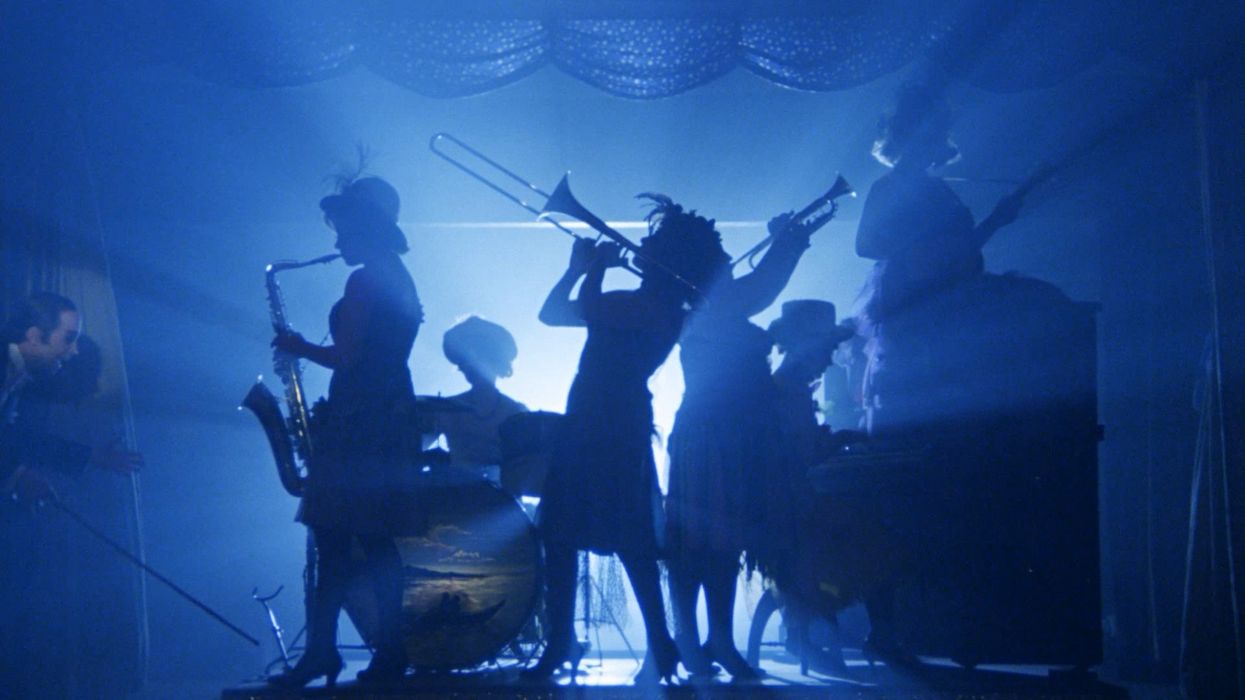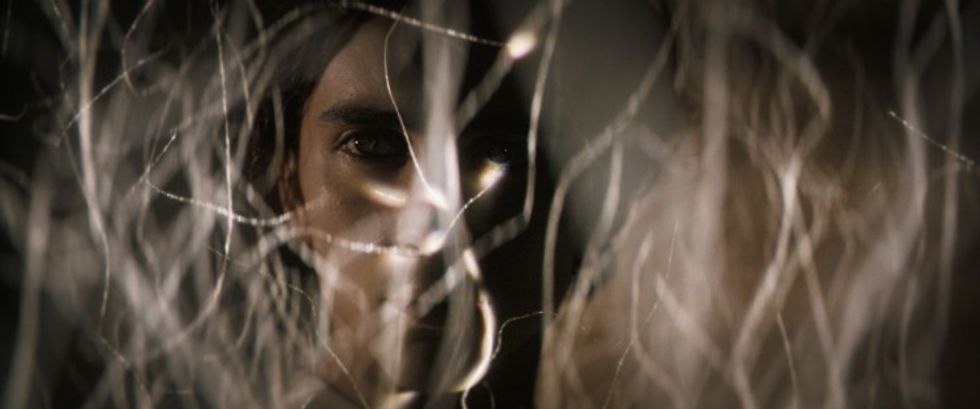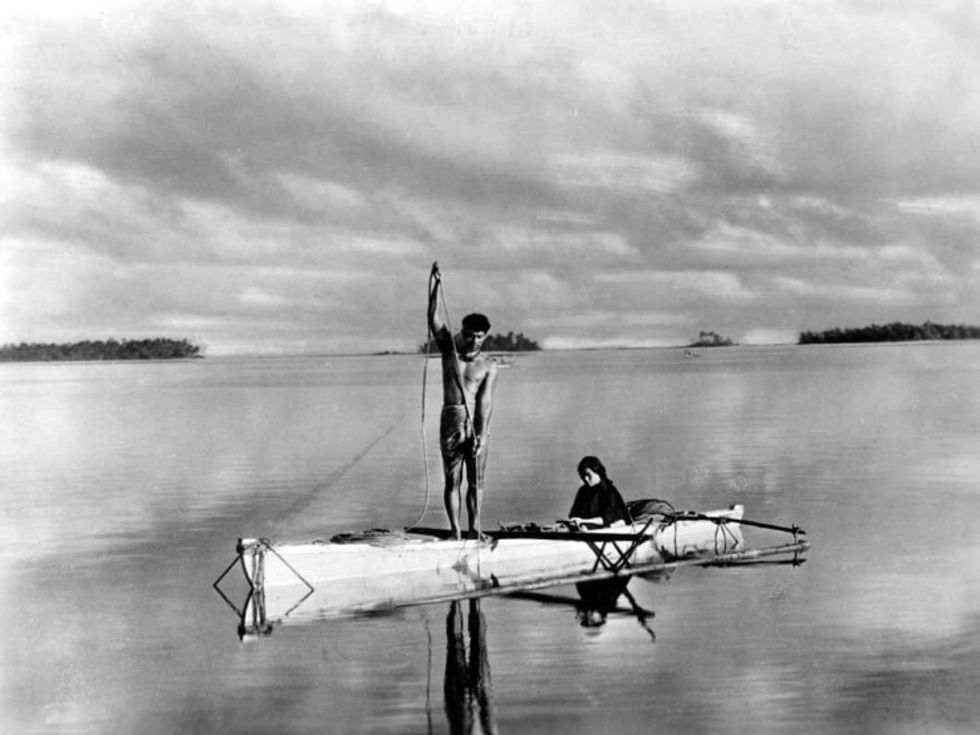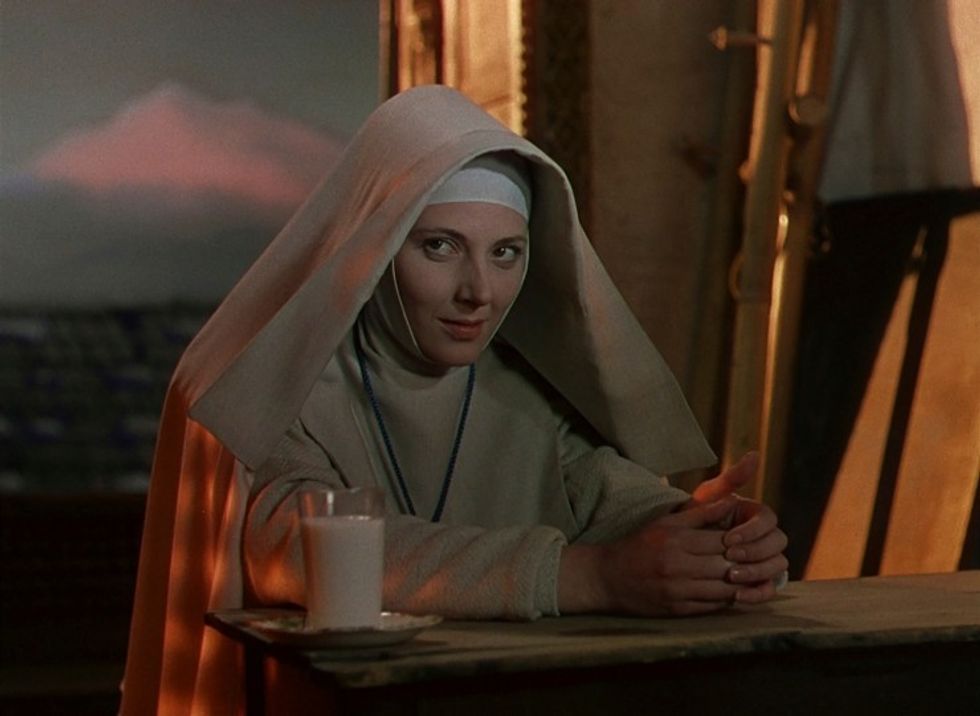A Complete List of Academy Award Winners for Best Cinematography
Check out this complete list of all Oscar winners for Best Cinematography.

Cinematography is a crucial element of filmmaking. It encompasses all the technical aspects of camera work,lighting,color,framing, andmovement that create the visual language of a film. When you see all of these aspects at their full potential, you can’t help but remember those images forever.
The Academy Award for Best Cinematography celebrates the best shots from that year’s films. Although the category was not initially tied to a specific film, and instead focuses on the cinematographers themselves.
The Oscar for Best Cinematography is an award presented annually by the Academy of Motion Picture Arts and Sciences to recognize exceptional achievements in the art and craft of cinematography. The award is given to the director of photography, who is responsible for the visual style and look of the film, including lighting, camera angles, and visual effects. The award recognizes the technical and artistic excellence of the cinematographer's work in creating the visual language of the film and how it enhances storytelling.
Before we get into the complete list of Best Cinematography winners, let’s get into the history of the award and its most significant moments in our industry.

A Brief History of the Academy Award’s Best Cinematography Category
The award recognized the role of the cinematographer in shaping the visual language of films and bringing stories to life through lighting, camera angles, and visual effects. The award has been presented since the 1st Academy Awards in 1929, and winners are chosen by members of the Academy who work in the field of cinematography. Winning the award is considered one of the highest honors for a cinematographer, and it often leads to increased recognition and opportunities in the film industry.
The Oscar for Best Cinematography was not initially tied to a specific film in its first year, but to all the work by nominated cinematographers during the qualifying period. This caused problems when two cinematographers were nominated for their work on one film and other films they had worked on were also listed.

Floyd Crosby won the award for Tabu in 1931, the last silent film to win in this category. Hal Mohr won the only write-in Academy Award in 1935 for Cleopatra. Rachel Morrison became the first woman to receive a nomination in 2018. In 2019, Alfonso Cuarón became the first winner of this category to have also served as the director of the film.
The cinematographer who has won the most Oscars is Joseph Ruttenberg, who won four times for his work on the films The Great Waltz (1938), Mrs. Miniver (1942), Somebody Up There Likes Me (1956), and Gigi (1958). Other cinematographers who have won multiple Oscars for Best Cinematography include Leon Shamroy, Winton C. Hoch, and Conrad L. Hall, who each won three times, and Emmanuel Lubezki, who won three times in a row for his work on Gravity (2013), Birdman (2014), and The Revenant (2015).
So, which films and DPs have won the award for Best Cinematography at the Oscars?
Check out the complete list below!

All of the Academy Award Winners for Best Cinematography
Here is a comprehensive list of all the Oscar winners for Best Cinematography since the category was first introduced in 1928:
2021: Greig Fraser – Dune
2020/21: Erik Messerschmidt – Mank
2019: Roger Deakins – 1917
2018: Alfonso Cuarón – Roma
2017: Roger Deakins – Blade Runner 2049
2016: Linus Sandgren – La La Land
2015: Emmanuel Lubezki – The Revenant
2014: Emmanuel Lubezki – Birdman or (The Unexpected Virtue of Ignorance)
2013: Emmanuel Lubezki – Gravity
2012: Claudio Miranda – Life of Pi
2011: Robert Richardson – Hugo
2010: Wally Pfister – Inception
2009: Mauro Fiore - Avatar
2008: Anthony Dod Mantle – Slumdog Millionaire
2007: Robert Elswit – There Will Be Blood
2006: Guillermo Navarro –Pan's Labyrinth
2005: Dion Beebe – Memoirs of a Geisha
2004: Robert Richardson – The Aviator
2003: Russell Boyd – Master and Commander: The Far Side of the World
2002: Conrad L. Hall – Road to Perdition
2001: Andrew Lesnie – The Lord of the Rings: The Fellowship of the Ring
2000: Peter Pau – Crouching Tiger, Hidden Dragon
1999: Conrad L. Hall – American Beauty
1998: Janusz Kaminski – Saving Private Ryan
1997: Russell Carpenter – Titanic
1996: John Seale – The English Patient
1995: John Toll – Braveheart
1994: John Toll – Legends of the Fall
1993: Janusz Kamiński – Schindler’s List
1992: Philippe Rousselot – A River Runs Through It
1991: Robert Richardson – JFK
1990: Dean Semler – Dances with Wolves
1989: Freddie Francis – Glory
1988: Peter Biziou – Mississippi Burning
1987: Vittorio Storaro – The Last Emperor
1986: Chirs Menges – The Mission
1985: David Watkin – Out of Africa
1984: Chris Menges – The Killing Fields
1983: Sven Nykvist – Fanny and Alexander
1982: Billy Williams and Ronnie Taylor – Gandhi
1981: Vittorio Storaro – Reds
1980: Geoffrey Unsworth and Ghislain Cloquet – Tess
1979: Vittorio Storaro –Apocalypse Now
1978: Nestor Almendros – Days of Heaven
1977: Vilmos Zsigmond – Close Encounters of the Third Kind
1976: Haskell Wexler – Bound for Glory
1975: John Alcott – Barry Lyndon
1974: Fred J. Koenekamp and Joseph F. Biroc – The Towering Inferno
1973: Sven Nykvist – Cries and Whispers
1972: Geoffrey Unsworth – Cabaret
1971: Oswald Morris – Fiddler on the Roof
1970: Freddie Young -–Ryan's Daughter
1969: Conrad L. Hall – Butch Cassidy and the Sundance Kid
1968: Pasqualino De Santis – Romeo and Juliet
1967: Burnett Guffey – Bonnie and Clyde
1966: Haskell Wexler – Who’s Afraid of Virginia Woolf? (Black-and-White) Ted Moore – A Man for All Seasons (Color)
1965: Ernest Laszlo – Ship of Fools (Black-and-White) Freddie Young – Doctor Zhivago (Color)
1964: Walter Lassally – Zorba the Greek (Black-and-White) Harry Stradling – My Fair Lady (Color)
1963: James Wong Howe – Hud (Black-and-White) Leon Shamroy – Cleopatra (Color)
1962: Jean Bourgoin and Wlater Wottitz – The Longest Day (Black-and-White) Freddie Young –Lawrence of Arabia (Color)
1961: Eugen Schüfftan – The Hustler (Black-and-White) Daniel L. Fapp – West Side Story (Color)
1960: Freddie Francis – Sons and Lovers (Black-and-White) Russell Metty – Spartacus (Color)
1959: William C. Mellor – The Diary of Anne Frank (Black-and-White) Robert Surtees – Ben-Hur (Color)
1958: Sam Leavitt – The Defiant Ones (Black-and-White) Joseph Ruttenberg – Gigi (Color)
1957: Jack Hildyard – The Bridge on the River Kwai
1956: Joseph Ruttenberg – Somebody Up There Likes Me (Black-and-White) Lionel Lindon – Around the World in 80 Days (Color)
1955: James Wong Howe – The Rose Tattoo (Black-and-White) Robert Burks – To Catch a Thief (Color)
1954: Boris Kaufman (Black-and-White) Milton Krasner – Three Coins in the Fountain (Color)
1953: Burnett Guffey – From Here to Eternity (Black-and-White) Loyal Giriggs – Shane (Color)
1952: Robert Surtees – The Bad and the Beautiful (Black-and-White) Winton C. Honch and Archie Stout – The Quiet Man (Color)
1951: William H. Daniels – A Place in the Sun (Black-and-White) Alfred Gilks and John Alton – An American in Paris (Color)
1950: Robert Krasker – The Third Man (Black-and-White) Robert Surtess – King Solomon’s Mines (Color)
1949: Paul C. Vogel – Battleground (Black-and-White) Winton C. Hoch – She Wore a Yellow Ribbon (Color)
1948: William H. Daniels – The Naked City (Black-and-White) Joseph Valentine, William V. Skall and Winton C. Hoch – Joan of Arc (Color)
1947: Guy Green – Great Expectations (Black-and-White) Jack Cardiff – Black Narcissus (Color)
1946: Arthur C. Miller – Anna and the King of Siam (Black-and-White) Charles Rosher, Leonard Smith and Arthur Arling – The Yearling (Color)
1945: Harry Stradling – The Picture of Dorian Gray (Black-and-White) Leon Shamory – Leave Her to Heaven (Color)
1944: Joseph LaShelle – Laura (Black-and-White) Leon Shamroy – Wilson (Color)
1943: Arthur C. Miller – The Song of Bernadete (Black-and-White) Hal Mohr and W. Howard Greene – Phantom of the Opera (Color)
1942: Joseph Ruttenberg – Mrs. Miniver (Black-and-White) Leon Shamroy – The Black Swan (Color)
1941: Arthur C. Miller – How Green Was My Valley (Black-and-White) Ernest Palmer and Ray Rennahan – Blood and Sand (Color)
1940: George Barnes – Rebecca (Black-and-White) Georges Périnal – The Thief of Bagdad (Color)
1939: Gregg Toland – Wuthering Heights (Black-and-White) Ernest Haller and Ray Rennahan – Gone with the Wind (Color)
1938: Joseph Ruttenberg – The Great Waltz (Black-and-White) Oliver T. Marsh and Allen Davey – Sweethearts (Color – Special Achievement)
1937: Karl Freund – The Good Earth (Black-and-White) W. Howard Greene – A Star Is Born (Color – Special Achievement)
1936: Tony Gaudio – Anthony Adverse (Back-and-White) W. Howard Greene and Harold Rosson – The Garden of Allah (Color – Special Achievement)
1935: Hal Mohr – A Midsummer Night's Dream
1934: Victor Milner – Cleopatra
1932/22: Charles Lang – A Farewell to Arms
1931/32: Lee Garmes – Shanghai Express
1930/31: Floyd Crosby – Tabu: A Story of the South Seas
1929/30: Joseph T. Rucker and Willard Van der Veer – With Byrd at the South Pole
1928/29: Clyde De Vinna – White Shadows In The South Seas
1927/28: Charle Rosher & Karl Struss – Sunrise: A Song Of Two Humans














